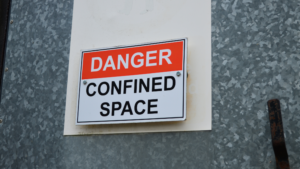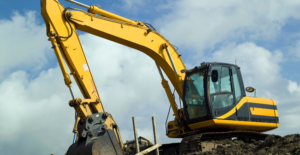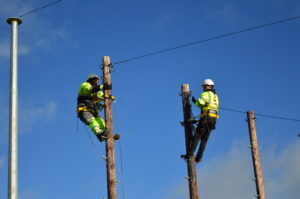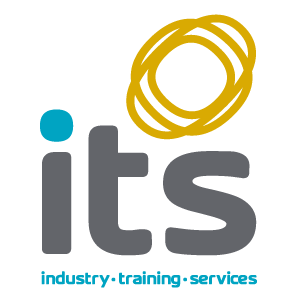Appointed Person in Lifting Operations: What This Role Involves
The ‘Lifting Operations and Lifting Equipment Regulations 1998’ states that all lifting operations that involve lifting equipment must be properly planned by a competent person, appropriately supervised, and carried out in a safe manner. The ‘BS7121 Code of Practice for Safe Use of Cranes’ states that “the competent person for planning lifting operations is referred to as the appointed person”. Within the construction industry, competent person and appointed person are often used interchangeably.
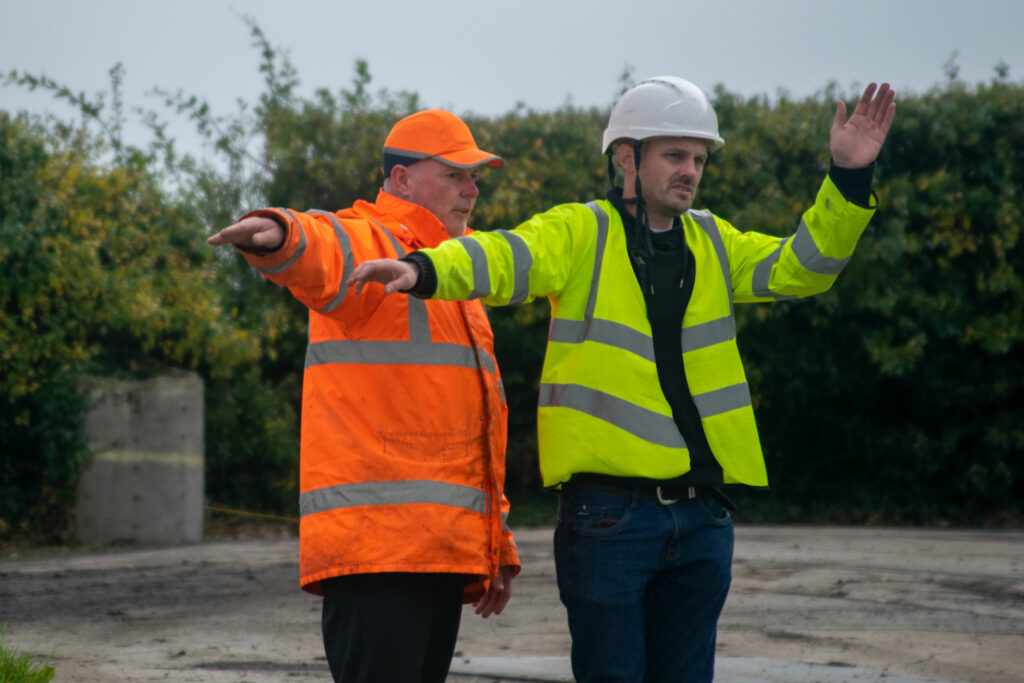
What is an Appointed Person in Lifting Operations?
An appointed person in lifting operations, refers to the person that is responsible for the planning, execution, and safety of a lifting operation. These tasks include ensuring that all lifting equipment is properly maintained in accordance with industry standards, inspecting lifting equipment before it is used and checking that it has not become defective, damaged or compromised in any way. If a lift fails, it is the appointed person’s responsibility to report it immediately and ensure that all necessary safety precautions are taken until a full investigation can be completed.
What Are the Tasks and Responsibilities of an Appointed Person?
Appointed persons in lifting operations are responsible for the execution and safety of a lifting operation. This includes safety and welfare of all people involved in the lifting operation. This can include:
- Workers on-site
- Contractors and subcontractors
- Equipment operators
- Members of the public who may be affected by your work activities (e.g., pedestrians crossing roads near construction sites),
- Other appointed persons who have been assigned responsibility for specific areas or tasks within an overall project.
Besides instructing other employees, an appointed person is responsible for supervising the work being carried out and must consult with other responsible bodies to ensure the tasks are carried out as safely as possible.
Appointees must demonstrate a good understanding of their role within the operation as well as an awareness of any associated hazards or risks, such as the risks involved with working at heights . An appointed person must also communicate effectively with all parties involved in their area of responsibility, including clearly communicating instructions where required to minimise the potential for miscommunications which could result in injury or harm on the site. If a worker carries out an unsupervised lift, they can be held personally responsible for any injury or damage which occurs.
Due to the responsibilities, it is advantageous to have experience in lifting operations. Assigned persons must provide recommendations based on site conditions and equipment, such as selecting the right crane and lifting accessories needed for the job based on the tasks being performed, therefore knowledge or previous experience of crane types, their limitations and capabilities is highly desirable for this role.
For more information, visit https://www.industrytrainingservices.com/course/appointed-persons/ or get in touch with us on 028 3839 8700 (NI) or 01 891 6106 (ROI)
Further reading
https://www.legislation.gov.uk/uksi/1998/2307/regulation/3/made
https://www.hse.gov.uk/work-equipment-machinery/loler.htm
https://www.hse.gov.uk/pubns/books/l113.htm
https://www.hse.gov.uk/pubns/priced/l22.pdf

